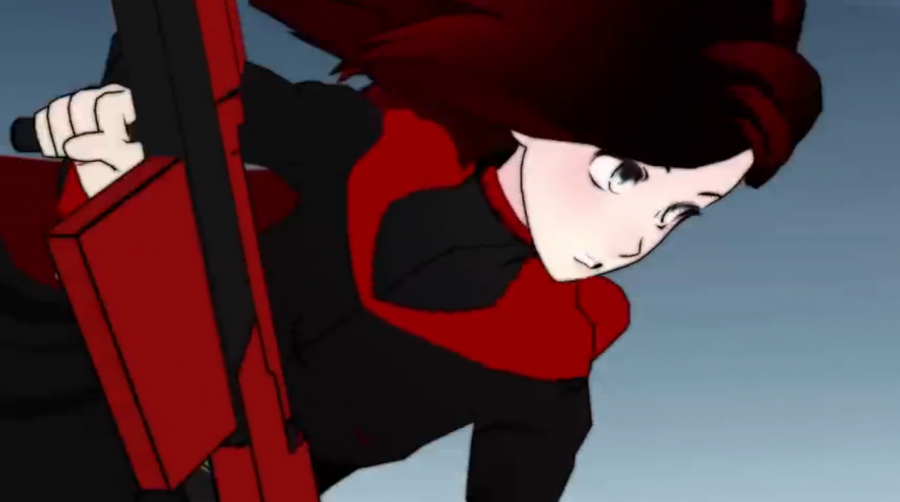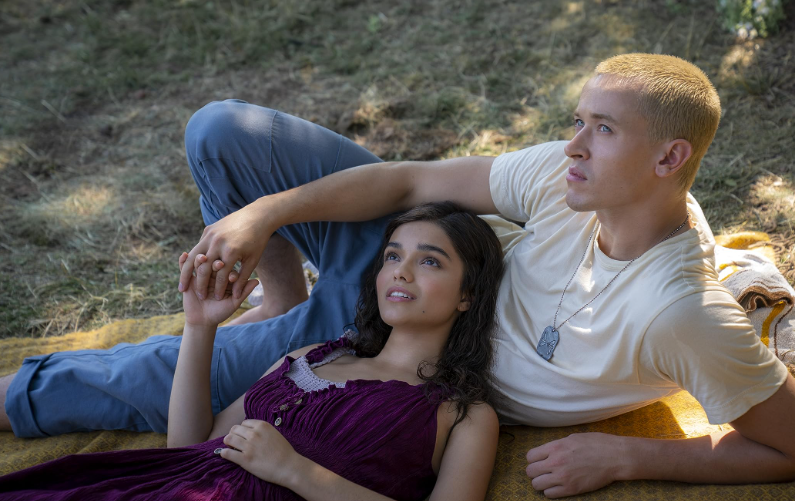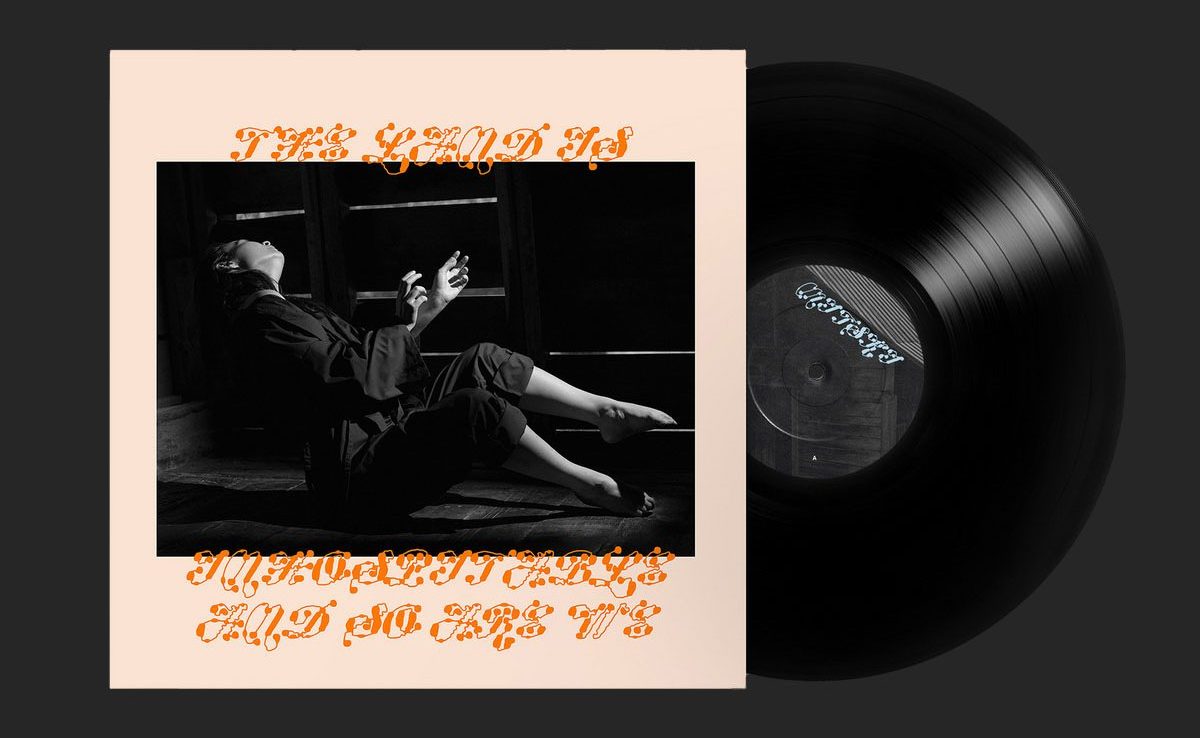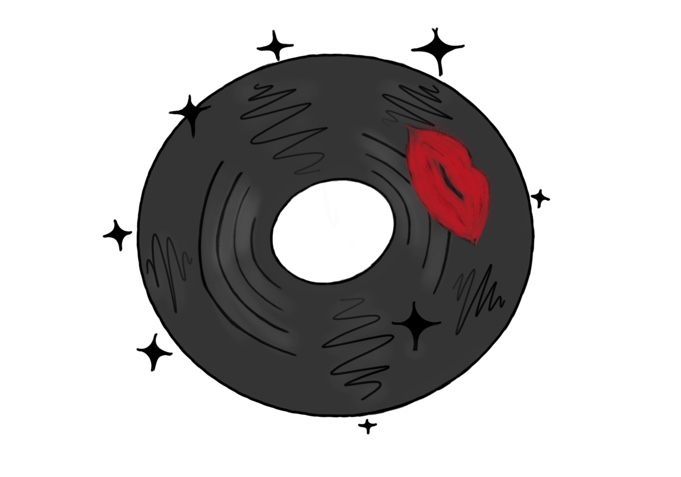An obscure YouTube series known as RWBY (pronounced Ruby) gained traction among Internet-users in the last half of 2013. Fan art, fan fiction and other media praising the show exploded over sites like DeviantArt and Tumblr. Fans eagerly await the second volume of the show, expected to release sometime in 2014. Even though trailers for the show aired two years ago, the large fan-base didn’t appear until the later months of 2013.
As is the way of the Internet, some media go unnoticed for some time and then explodes. As the fan-base still grows and excitement rises for future episodes, I decided to check out the show.
As someone who was not familiar with the works of Rooster Teeth Production Studios and the creator, Monty Oum, before hearing about the series, I never expected anything out of RWBY. The first impression I got watching the first episode is that they are very apologetic about their attempted imitation of Japanese animation. After watching the first season, it left me amazed but distracted by its inherent flaws. The animation style might impress Monty Oum’s loyal fan-base, but the series’ own flaws may bother some critics. In short, the series is a pure style over substance, but not in overtly negative way.
The story takes place in the world of Remnant, where humans use an element called “dust” to fight against these monsters called Creatures of the Grimm, and those who fights against these creatures are known as huntsmen and huntresses. The show focuses on four girls, Ruby Rose, Weiss Schnee, Blake Belladonna and Yang Xiao Long, following their training at Beacon Academy. There, they formed a team and became huntresses with other teams. Then there is a story arc where a race called Faunus demands civil rights, but they decided to form an organization called White Fang to fight against human injustice toward them, which later ties with the subplot involving the show’s main antagonist.
The first half of show has barely any subtleties. Considering how this show is stuffed with fairy tale allusions and literary references, they obviously tried to make it original as possible. However, they tried way too hard to be like an actual anime. For an anime fan like me, I find most of characters’ gags distracting. It’s like watching a kid trying to imitate his father by putting shaving cream on his face.
The animation in other hand is passable, considering how it was made with a shoestring budget. Characters move in awkward ways, making it look like a glitching video game. In fact, seeing their emotionless face kind of freaks me out. I can sometime notice some errors even in a walking scene. On top of that, when they try to copy anime they add some 2-D moments just for a laugh.
That being said, there is one thing I can agree with fans of Rooster Teeth and Monty Oum; their action scenes are incredible. It can be understood why Internet denizens hyped about this series so long after watching four action-packed trailers, all animated by Oum himself. Oum can create elaborate fight scene so spectacular, it managed to reach the same energy Pixar’s “The Incredibles.” By the way, forget everything about laws of physics because it surely looks better.
The weapon designs for the characters made the action sequences even more refreshing. For example, the character Ruby Rose wielded a weapon that’s a cross between a mechanical scythe and a rifle. It gave a more unique look for her and her team’s battles against their enemies. I won’t surprised if the U.S. military hired Monty Oum to design special weapons for them.
Despite all these details, the one thing that caught most people’s attention to the series is the opening intro, “This Will Be the Day,” sung by 15-year-old Casey Lee Williams, the daughter of Jeff Williams, the series composer. Despite this “Narnian child of Power Rangers and Sailor Moon” attitude, the intro sounds like an epic opening for high-concept show, rather than teeny-bopper pop song. It’s such a breath of fresh air, especially at the chorus part, that I don’t want the full version of opening song to end. The show’s other theme songs, like “Red Like Roses Part 2” and “I Burn,” are notable because of Williams’ strong voice.
The first half of the show annoyed me at first because of its generic writing and overly long world building, but as the plot and character establishment kicks in at the second half, I am eagerly waiting for the second volume. Looking back at the series as a whole, I forgive the inherent flaws of the show, thanks to Oum’s vision and the Williams cinematic music. RWBY is an action-packed fantasy, made by and for the fans of Japanese animation. It may favor style over substance at first, but the plot and characters thickens later on.
By Jay Whang

















































































